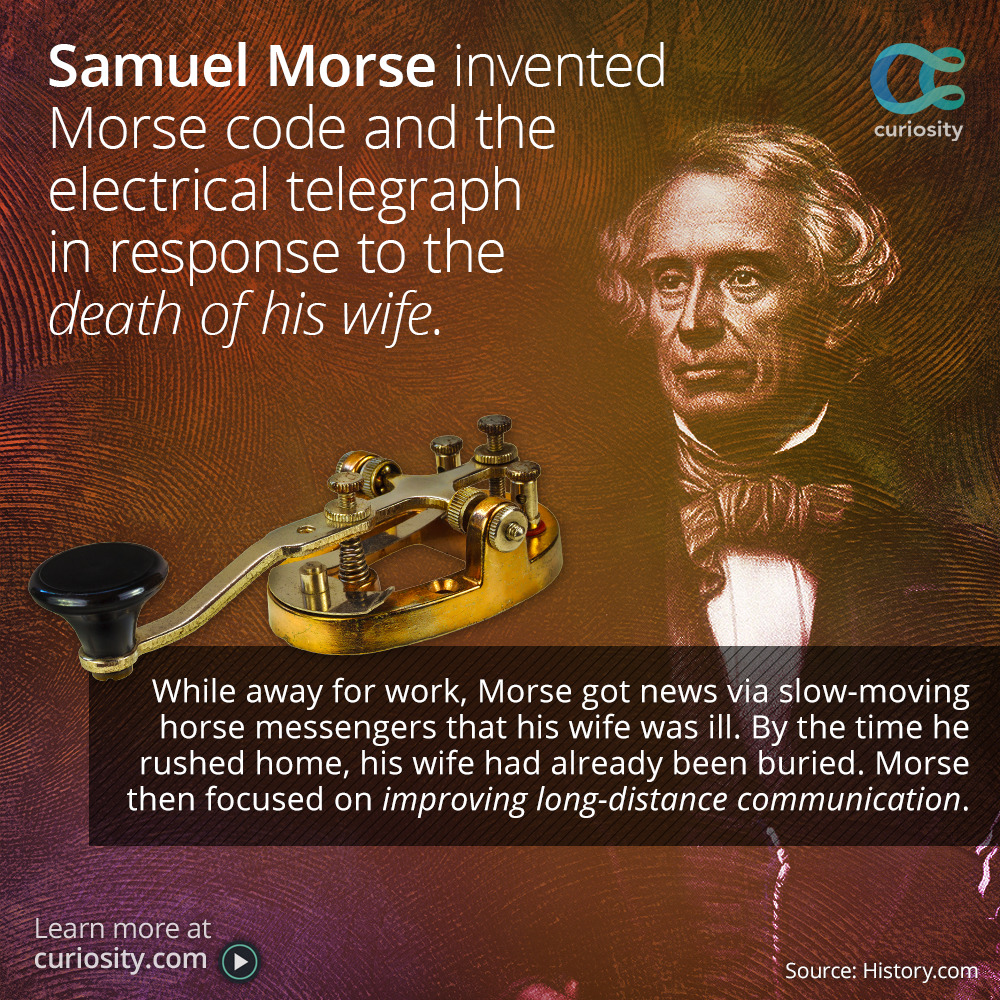Pigeon Post (5th Century) – Persian Emperor Cyrus the Great established the first postal system in the world to communicate with the different of Persia. This system was later used in Rome, China, and Egypt, and even used today!
Snail Mail (6th Century) – Persia and Syria both pioneered the usage of pigeons to facilitate communication due to their keen directional senses. Later used by the Romans, and Egyptians.
Maritime Flag Semaphore (15th Century) – Enabled for ship communication using the flag semaphore code. This code involves the positioning of two flags to represent numbers or letters.
Smoke Signals – Persian Emperor Cyrus the Great established the first postal system in the world to communicate with the different of Persia. This system was later used in Rome, China, and Egypt, and even used today!
